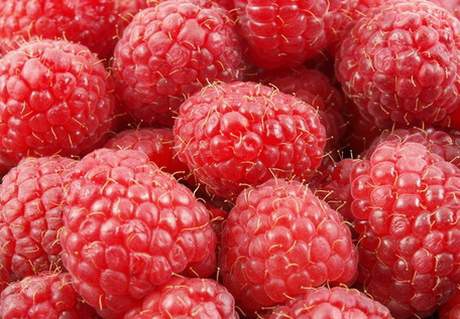 It is well known that MAP (Modified Atmosphere Packaging) with lower levels of O2 and high levels of CO2 reduces the respiration rate of fruit, but the temperature fluctuations that may occur during storage, transport and retail can modify the atmosphere inside the package altering the fruit quality and causing the loss of volatile compounds responsible for the aroma.
It is well known that MAP (Modified Atmosphere Packaging) with lower levels of O2 and high levels of CO2 reduces the respiration rate of fruit, but the temperature fluctuations that may occur during storage, transport and retail can modify the atmosphere inside the package altering the fruit quality and causing the loss of volatile compounds responsible for the aroma.The research group led by Cristiana Peano at the Agricultural, Forestry and Food Science Department (DISAFA) of the University of Torino (Italy) in collaboration with Ortofruit Italia Company of Saluzzo (Cuneo, Italy) conducted a study on the effects of MAP and storage conditions on the quality of raspberry cv. Himbo Top.
The work results were published online last February 24th in the Journal of Food.
The aim of the work was to evaluate the most important qualitative traits and volatile compounds of red raspberry variety cv. Himbo Top after wrapping the fruits in a non-commercial biodegradable compostable film and a PP film under passive and active MAP conditions for 96 h (48 h at 1°C followed by 48 h at 18°C).
Tabella. Initial gas composition and film characteristics of the packages.
Click here to enlarge the table.

Results showed that, after 48 hours of storage, the biodegradable film preserved better the color of raspberries maintaining values close to those of raspberries at harvest (L 26.9 and 27.6, respectively, for the passive MAP and active MAP), furthermore with temperature increase only the biodegradable film allowed to preserve the fruit for up to 96 h regardless of the MAP.
As for the volatile compounds, 54 compounds belonging to 6 classes, such as aldehydes, ketones, terpenes, alcohols, esters and furans have been identified. However, after 96 hours of storage (24.4-25.9 kPa of CO2), the aromatic profile of raspberries was similar in both active and passive MAP packages. Terpenes and ketones were compounds more subjected to changes, the aroma was mainly composed by terpenes, which accounted for 73% in raspberries preserved with MAP active and 62% in raspberries preserved with MAP passive.
The authors conclude that the biodegradable film used for the study is suitable for the packaging of raspberries with both active and passive MAP.
Source: Nicole Roberta Giuggioli, Rossella Briano, Claudio Baudino, Cristiana Peano, "Effects of packaging and storage conditions on quality and volatile compounds of raspberry fruits", CyTA - Journal of Food, online 24 February 2015.
http://www.tandfonline.com/doi/full/10.1080/19476337.2015.1011238#.VTZCcvBNut8










